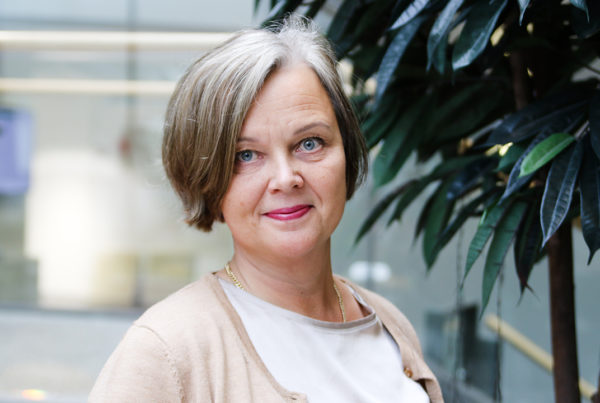MedEngine Studies Show that 3 Minutes of Doctors’ Time Has Big Impact
Pretty much everybody knows and admits it: smoking is bad for health. It is forbidden in restaurants and on public transport, and restricted in workplaces. Though selling or buying it is not a crime, it is against the law to advertise tobacco in the EU.
Nearly 20% of Finnish people smoke daily, and the majority of smokers are worried about the risks related to smoking (1). It is now believed that smoking causes one fifth of all deaths in Western countries—in Finland that equals 4000-6000 smoking-related deaths annually (2).
Surprisingly, a recent study that MedEngine participated in shows that one fifth of physicians don’t recognize tobacco addiction as a disease, even though it is classified as such in the International Classification of Diseases (3). This might partly explain why physicians don’t believe they can influence their patients’ smoking habits—they might see smoking as simply a lifestyle choice.
However, most of these people who once “chose” to smoke now want to quit. Luckily help is available.Or is it? Where would you seek help if you wanted to quit?
Perhaps you’d head to the physician. However, we found that while most physicians do advise their patients to quit, only a few actually aid patients in their cessation attempts in practice (4).When a physician takes smoking seriously though—by taking his patient’s medical history into account and by making an intervention—it increases cessation success rates significantly. A 3- to 10-minute discussion about the risks of smoking (along with some encouragement) increases the cessation likelihood 1.6-fold; more than 10 minutes increases the odds for successful smoking cessation 2.3-fold (5).
Almost all of the physicians who took part in our recent study thought that it was the responsibility of their field to aid smokers with cessation4. However, securing time and resources for such activity was found to be the most difficult challenge for physicians.
You might ask: And why should the public care if a person wants to increase his risk of dying ten years ahead of his expected lifetime?

For starters, it’s a question of money. It’s estimated that in the year 2004, smoking related diseases cost public health care 246 million euros (6). Another study MedEngine took part in found that smoking increases costs for occupational health, since it significantly lowers worker productivity (7). It was estimated that a smoker causes 2000-3000 euros more per year for his employer than a non-smoker.
It is important to find the weak spots in health care regarding smoking cessation, and to make proper improvements, whether that includes more smoking-related training for physicians and nurses, planning better nursing processes for smokers, or to simply allocate few minutes for a smoking cessation discussion during every appointment.
Even a few simple measures could greatly impact the wellness of both our loved ones and the economy.
References
1 Helldán et al. 2013, National Institute for Health and Welfare
2 Heloma et al. 2012, National Institute for Health and Welfare
3 Ylisaukko-oja et al 2014, Suomen lääkärilehti
4 Keto et al. 2014, Submitted manuscript
5 Fiore et al. 2008, Clinical practice guideline, U.S. Public Health Services
6 Vitikainen et al. 2006 Suomen lääkärilehti
7 Ylisaukko-oja & Linden 2014, Työterveyslääkäri




